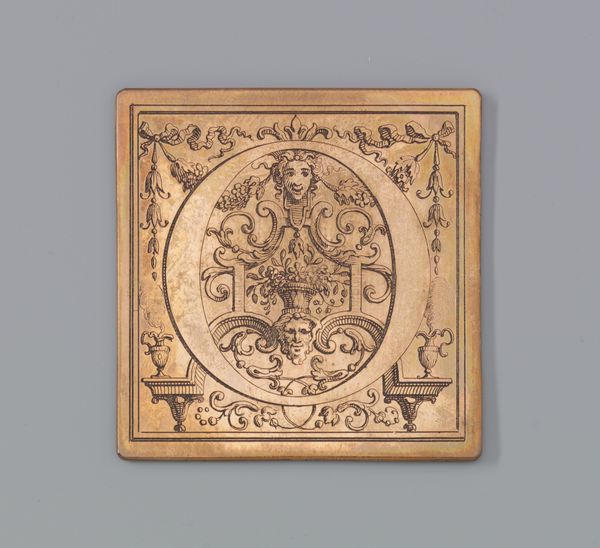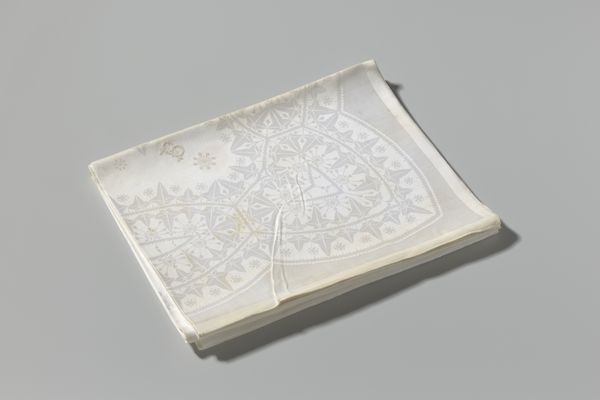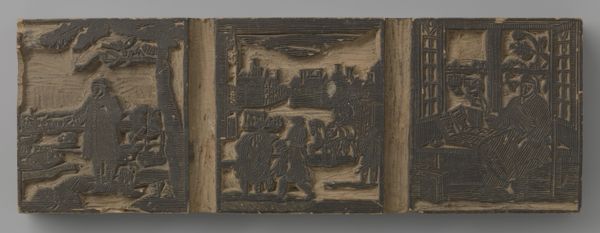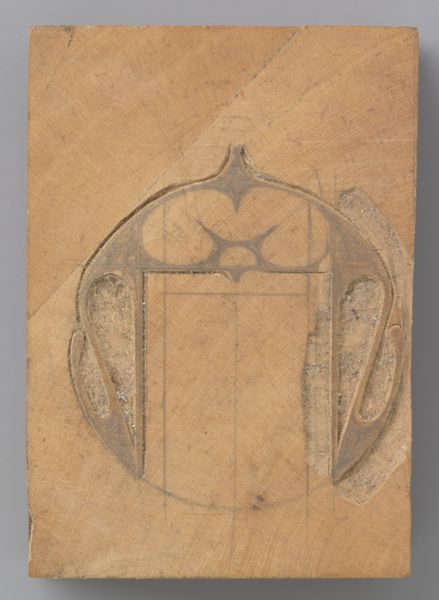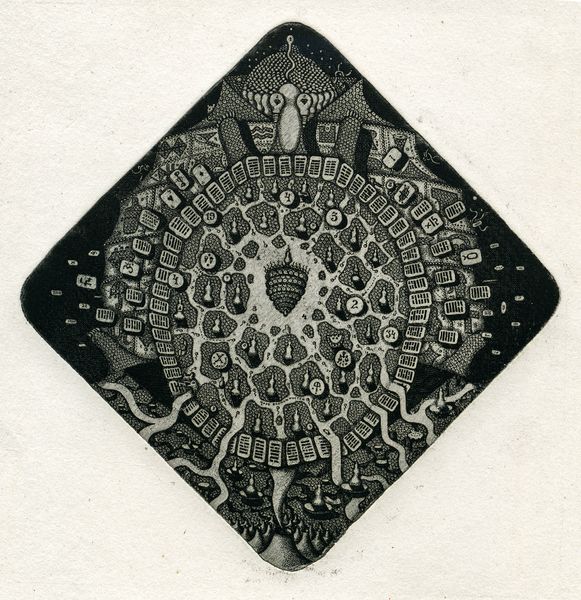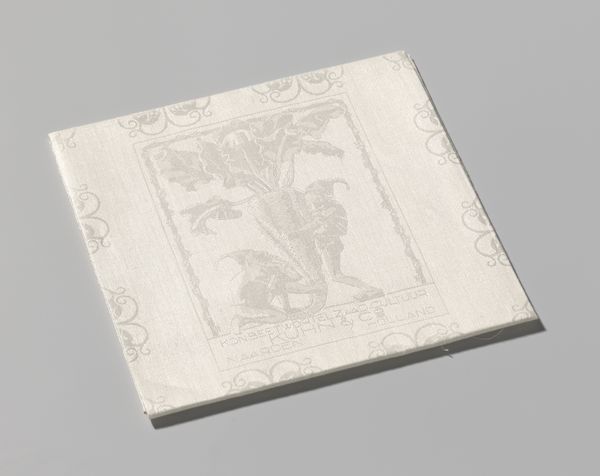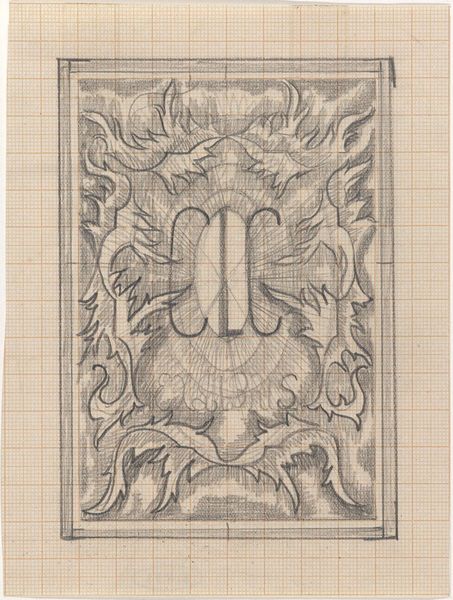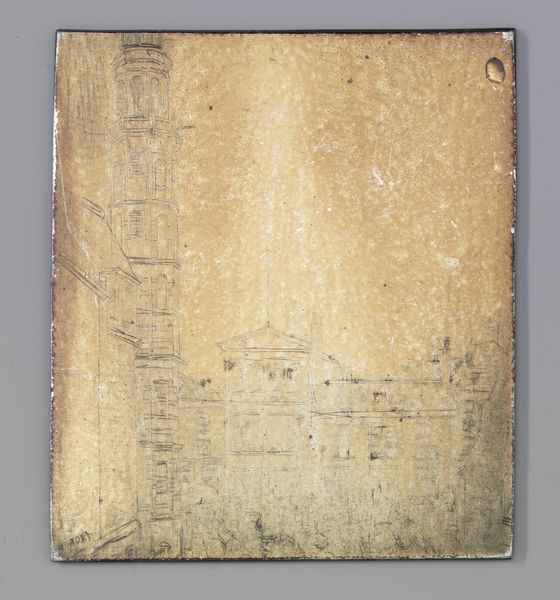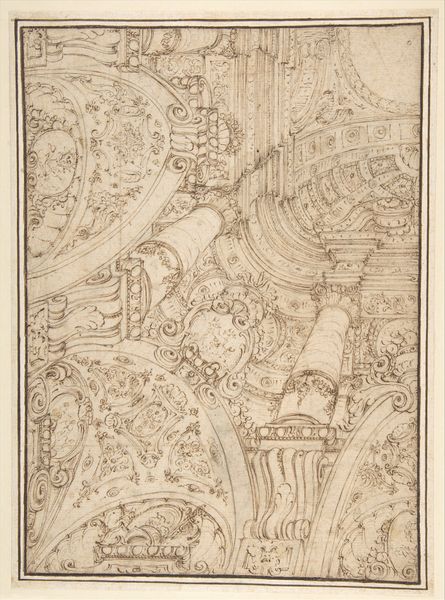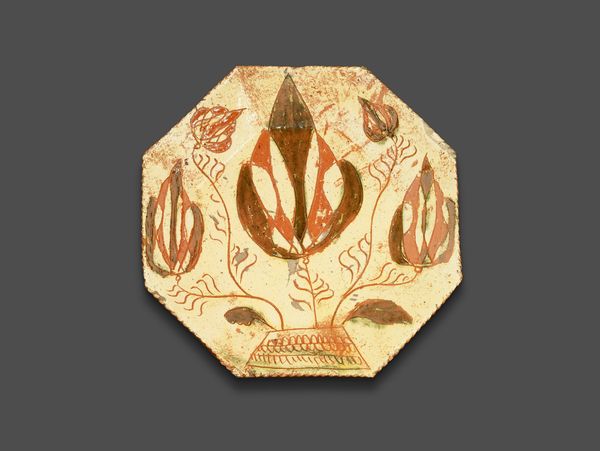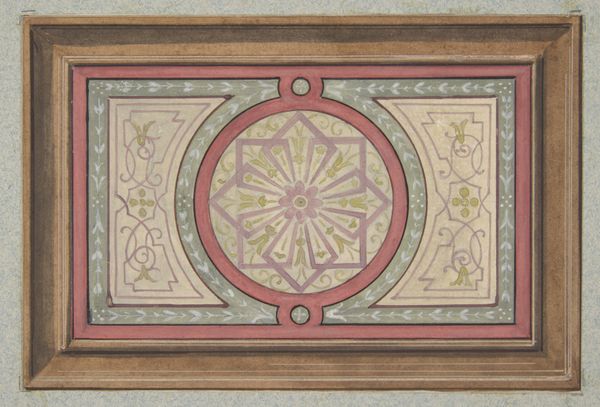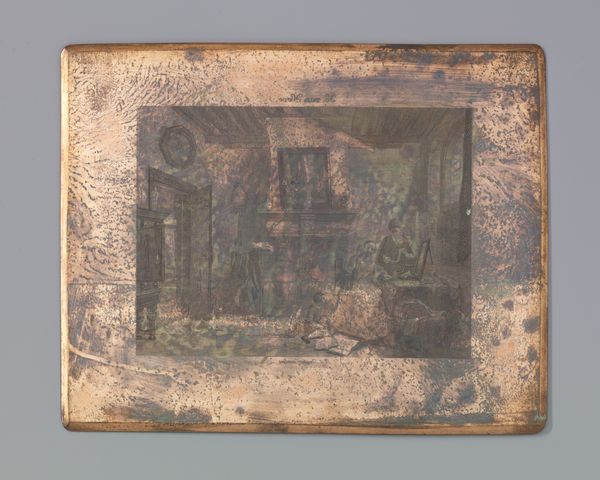
drawing, print, engraving, architecture
#
drawing
# print
#
perspective
#
11_renaissance
#
geometric
#
northern-renaissance
#
engraving
#
architecture
#
building
Dimensions: Sheet: 9 13/16 × 7 5/8 in. (24.9 × 19.4 cm)
Copyright: Public Domain
Editor: Here we have the cover page from *Geometria et Perspectiva* by Lorenz Stoer, created in 1567. It's a beautiful drawing and print, seemingly an engraving on paper, and I'm really struck by the intricate details within those geometric shapes. What stands out to you? Curator: What strikes me is the materiality and its connection to the social context. Stoer's choice of printmaking, specifically engraving, democratizes knowledge. This wasn't a unique painting accessible to only one wealthy patron, but a reproducible image. Consider the labor involved: the artisan meticulously carving into the metal plate. Editor: That’s interesting, I hadn’t thought about the process itself in terms of labor. Does that change our perspective? Curator: Absolutely. This wasn't just about illustrating geometry; it was about the *making* of knowledge and its broader distribution. Think about who had access to this kind of information and how print challenged existing hierarchies. It's easy to see perspective as an abstract concept but harder to realize what went into getting that perspective “down on paper." The technique is about transforming ideas to material goods available for purchase, and how the artistic labour is being compensated. Editor: So you’re saying the physical act of creating the print itself and who it was for are integral to the work’s meaning? Curator: Precisely. The "what" and "how" are deeply entwined with the "why". And who benefits, materially and intellectually? Who commissions, produces and consumes images like this? By questioning that and looking at the labor we see how perspective drawing changed how information was spread at that time, instead of it just being for artists who learn one to one. Editor: I never considered the printmaking process as being inherently tied to knowledge distribution and economic implications, like it has become after centuries of mass production! It sheds new light on the piece. Curator: It's about broadening our definition of art beyond the aesthetic, to include the socio-economic conditions of its creation and circulation. This is how it created the world and a new type of access and opportunity to learn about perspective and geometry.
Comments
No comments
Be the first to comment and join the conversation on the ultimate creative platform.
